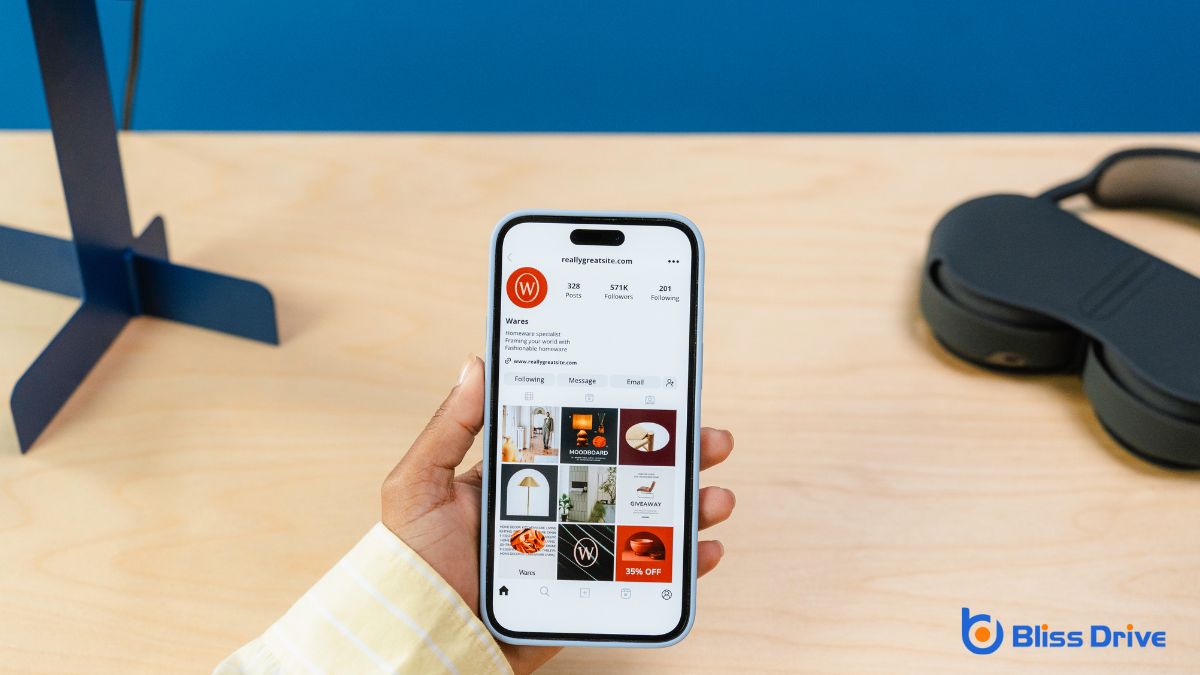Digital Marketing Services
Learn More About Us

Mobile user engagementThe level of interaction and involvement users have with social media content. differs from desktop as mobile users have shorter, frequent interactions due to convenience and portability, but they interact with fewer features in each session. Desktop users typically have longer sessions with deeper engagementThe interactions that users have with a brand’s content on social media., thanks to stable environments and larger screens. ConversionThe completion of a desired action by a referred user, such as making a purchase or filling out a fo... rates are usually higher on desktops due to these extended interactions. Balancing user convenience and website design is essential for maximizing engagement, and the next steps will offerThe specific product or service being promoted by affiliates. insights into doing just that.

When examining session duration across devices, it's clear that user behavior varies markedly between mobile and desktop platforms.
You might notice that on mobile devices, users often engage in shorter, more frequent sessions. This behavior is likely influenced by the convenience and portability of smartphones, allowing users to quickly check information on the go.
Conversely, desktop users tend to have longer sessions. They're often in a more stable environment, which encourages extended browsing or work-related activities.
You should consider these differences when evaluating your website's performance metricsKey indicators used to measure the effectiveness of affiliate marketing efforts, such as clicks, con.... Recognizing that mobile users might prioritize speed and ease of access, while desktop users might expect more detailed content, can help you tailor your strategy to better meet the needs of both user groups.
Though mobile and desktop users engage differently, interaction depth is an essential factor to evaluate across both platforms.
On mobile, you might find that users often interact with fewer features in a single session due to smaller screens and on-the-go usage. This typically leads to more focused but shorter interactions. You’ll notice that mobile users may prefer quick, streamlined experiences.
On the other hand, desktop users usually have the luxury of a larger screen and more powerful hardware, encouraging deeper exploration of features. This setup often results in more thorough engagement, allowing users to investigate complex tasks and content.
While mobile fosters quick, targeted interactions, desktop supports more detailed engagement. Both are important for understanding user behavior and optimizing platforms accordingly.
Understanding conversion rates on mobile and desktop platforms reveals crucial insights into user behavior and business success. When you analyze conversion rates, you're looking at how often users complete a desired action, like making a purchase or signing up for a newsletterA regularly distributed email containing news, updates, and content relevant to subscribers..
Here are some key implications:
Everyone seeks a seamless user experience, but striking the right balance between convenience and stability on mobile and desktop platforms can be challenging.
On mobile, you enjoy the convenience of accessing apps and websites from anywhere. However, this convenience often comes at the cost of stability. Mobile networks can be unreliable, and apps might crash or behave inconsistently due to varying hardware and software environments.
On the other hand, desktops provide a stable environment with fewer interruptions, thanks to consistent internet connections and robust hardware. Yet, they lack the portability and instant access that mobile devices offer.
When you prioritize convenience on mobile, you might sacrifice some stability, whereas desktops often offer a stable experience but with less flexibility. Balancing these is key to enhancing user satisfaction.

While analyzing user behavior across mobile and desktop platforms, you'll uncover valuable insights that can remarkably boost engagement strategies.
By leveraging these insights, you can craft more targeted and effective approaches. Here's how you can do it:
By understanding the differences in engagement between mobile and desktop users, you can tailor your strategies to boost interaction. Mobile users often appreciate convenience and quick interactions, so optimize for speed and simplicity. Desktop users, on the other hand, might engage more deeply, so offer richer content. Leverage these insights to enhance user experience and drive conversions across both platforms. Ultimately, prioritizing user preferences will lead to more effective engagement and better results.
